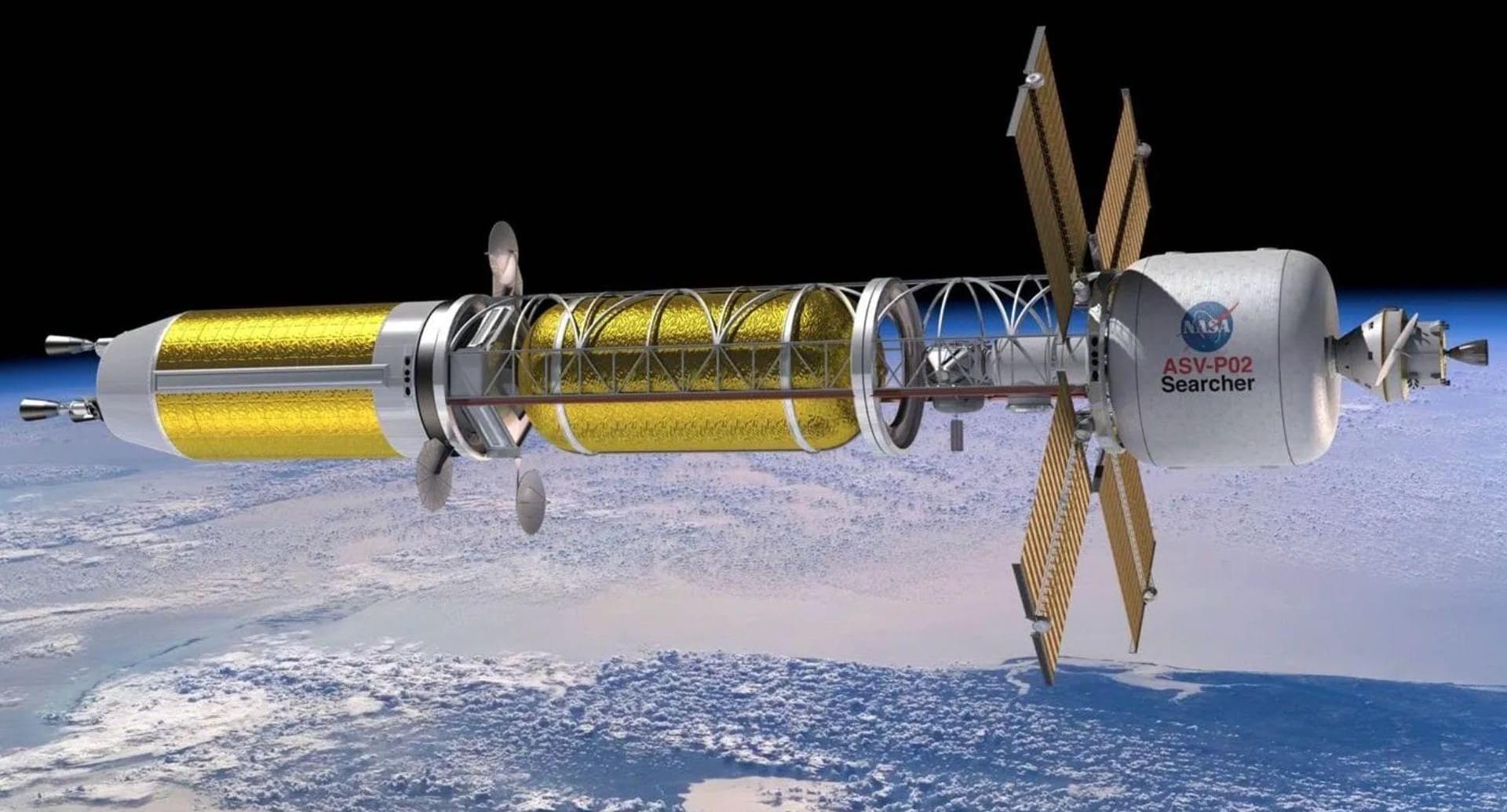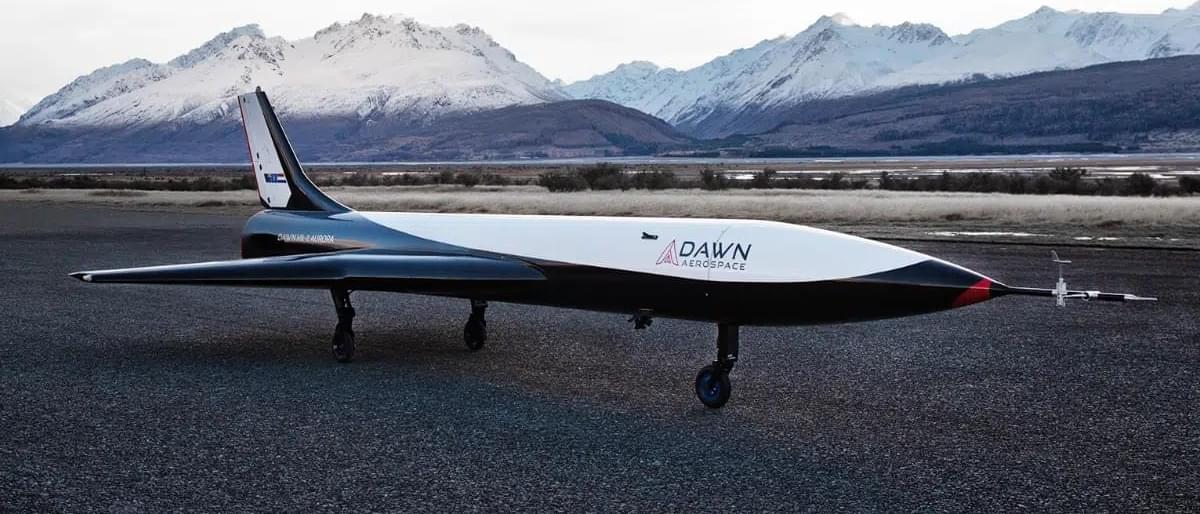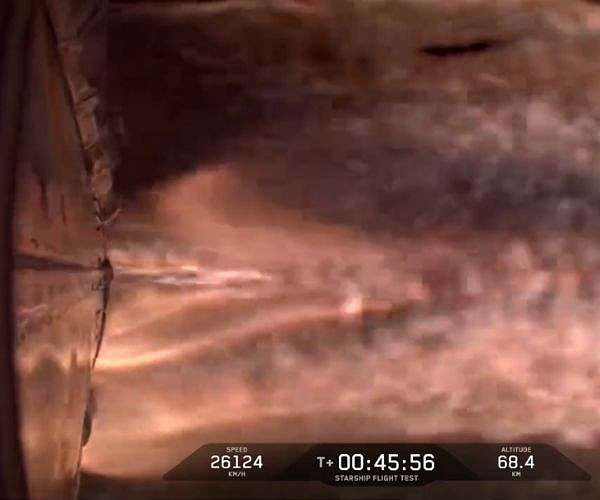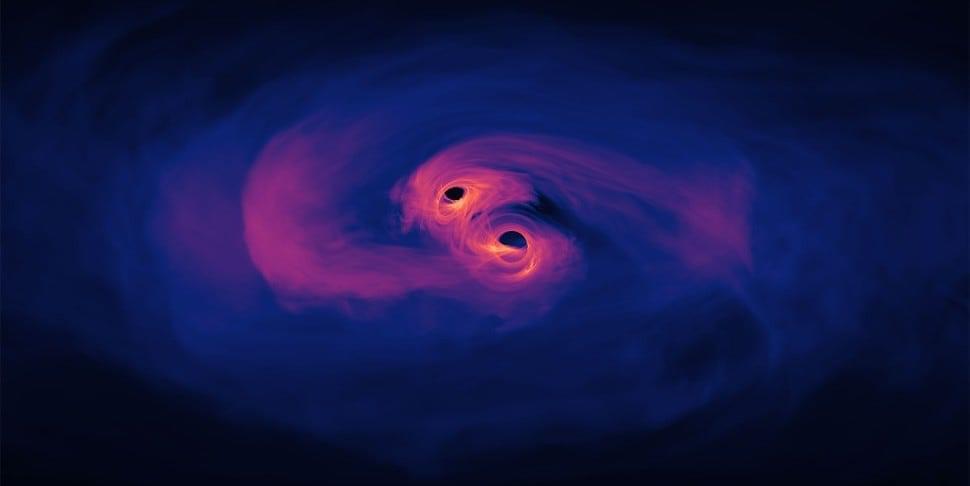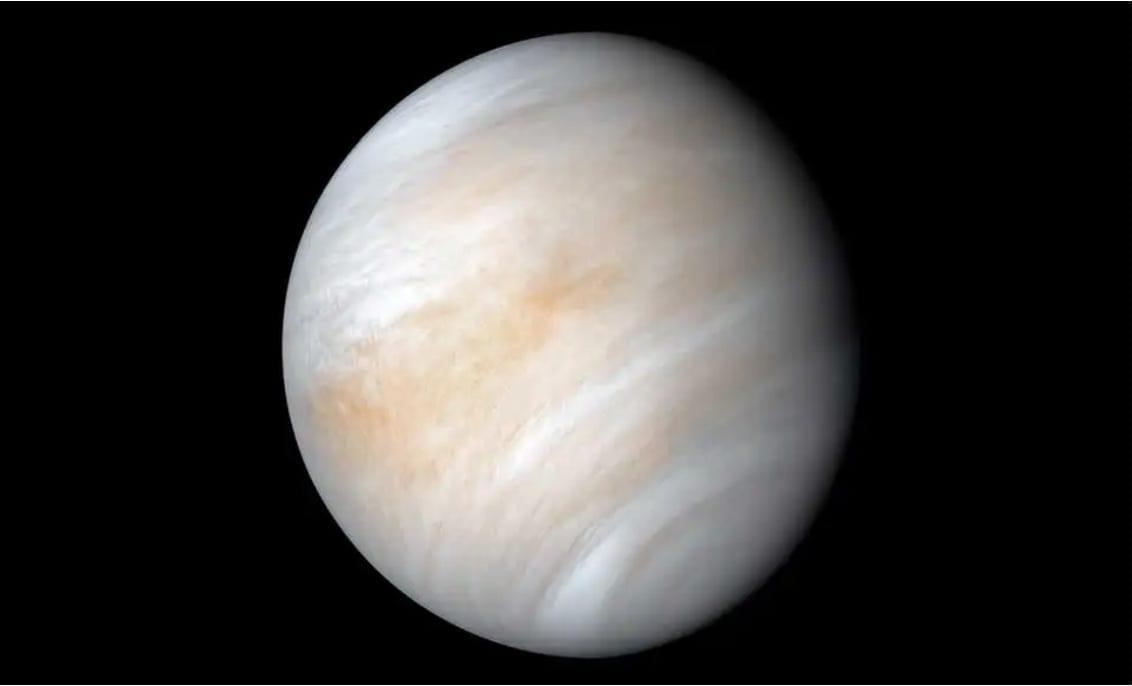Discover the roles played by colossal General Systems Vehicles (GSVs) and enigmatic Torturer-class ships in the Culture’s post-scarcity society. Explore the ethical dilemmas they raise and the unique interactions they have with other civilizations. Join us as we delve into a universe where technology and ideology collide, shaping the destinies of galaxies.
Timestamps:
00:00 — Intro.
00:33 — System Vehicles.
04:09 — Contact Units.
05:50 — Offensive Units.
07:47 — Outro.
Thank you for listening!
For more deep dive into other sci-fi universe, subscribe to the channel.
#theculture #IanMBanks #ScienceFiction #CultureShips #IainMBanks #SciFiExploration #GSVs #AdvancedTechnology #GalacticCivilization #ScienceFictionUniverse #SentientStarships #CultureSeries #SpaceExploration #DiplomaticMissions #FuturisticShips #ArtificialIntelligence #UtopianSociety #DiverseCivilizations #PeacefulCoexistence #InterstellarTravel #SciFiLiterature
